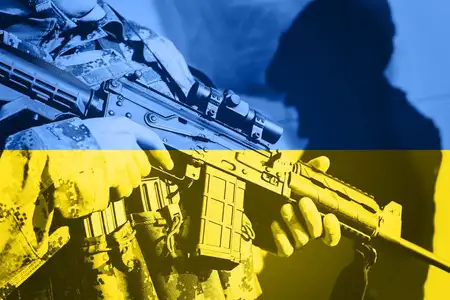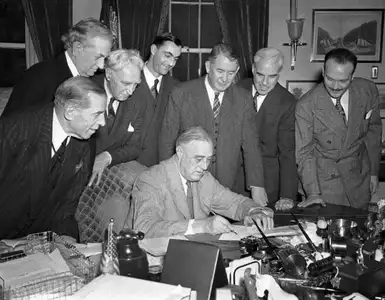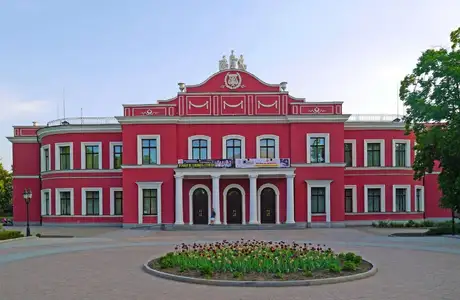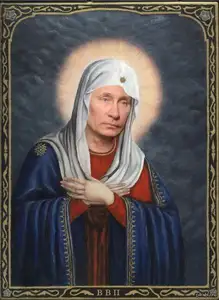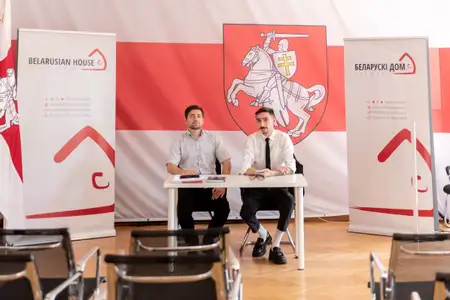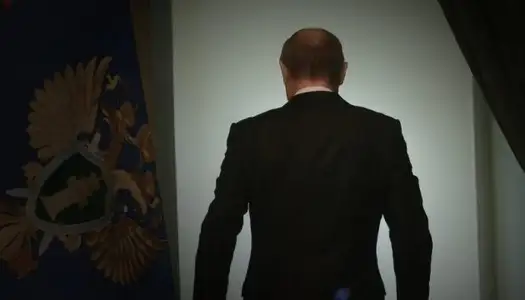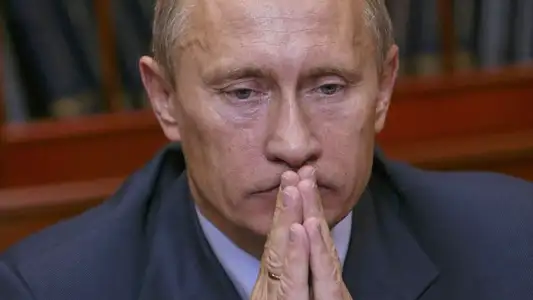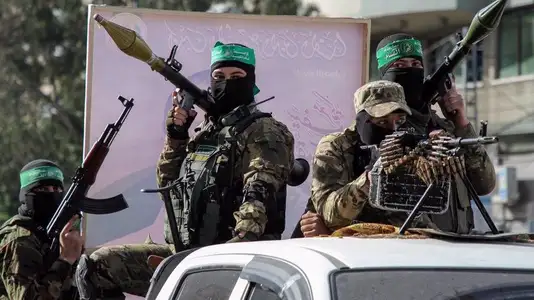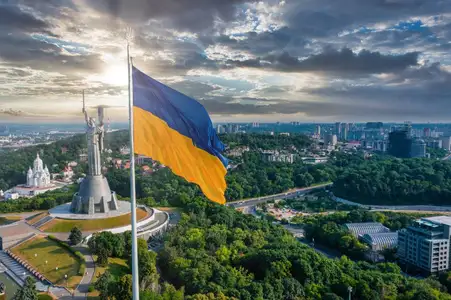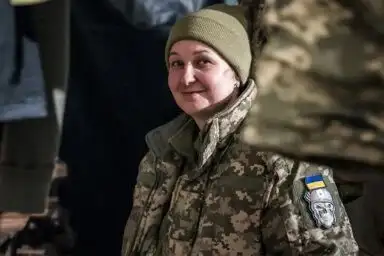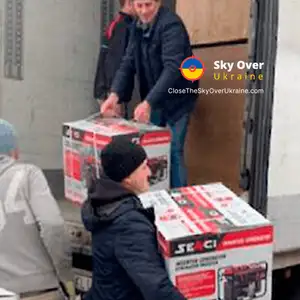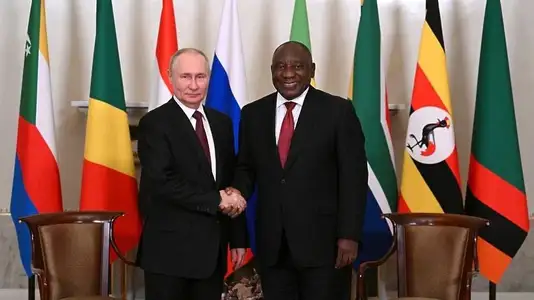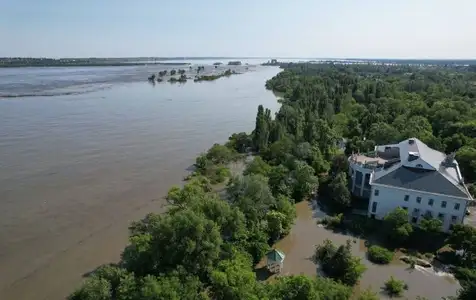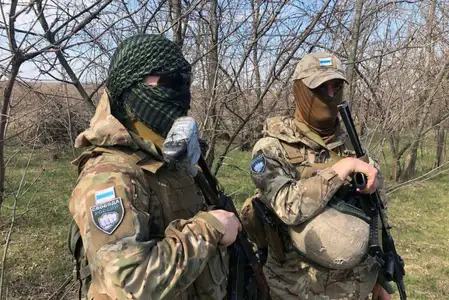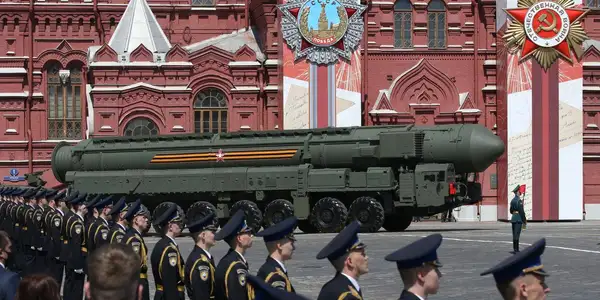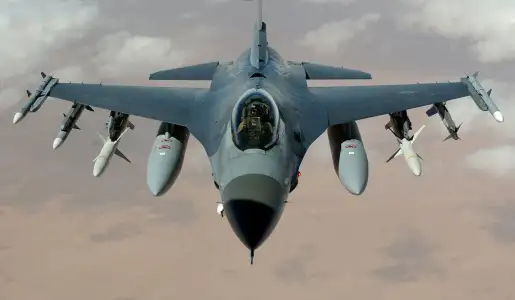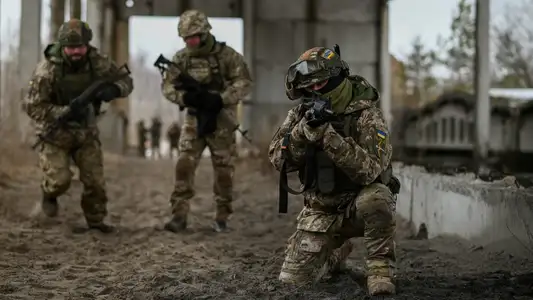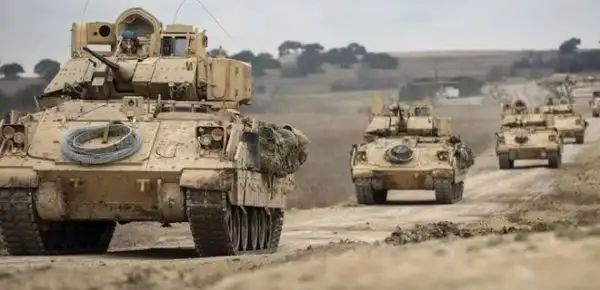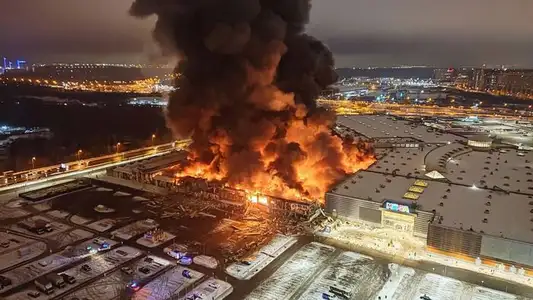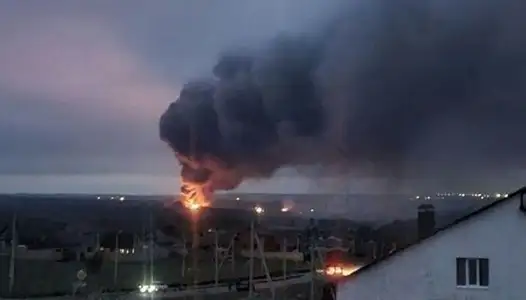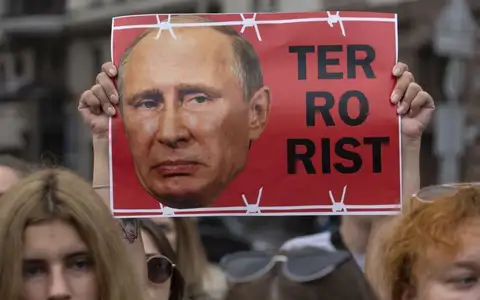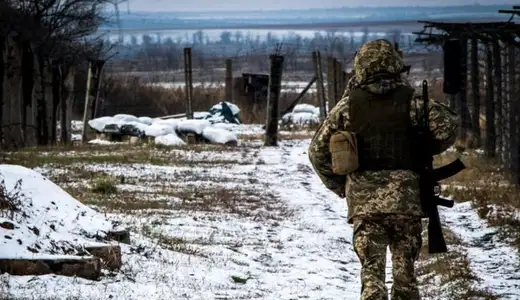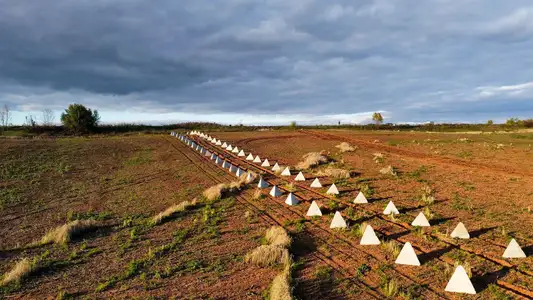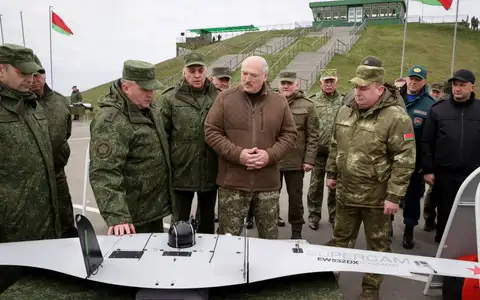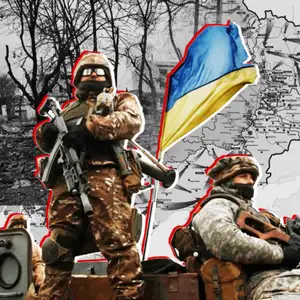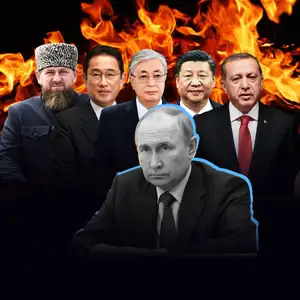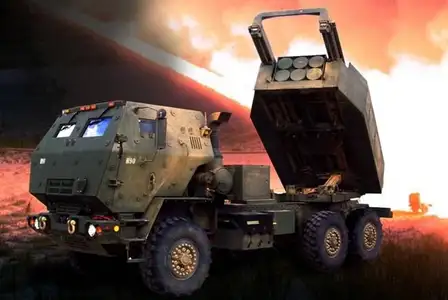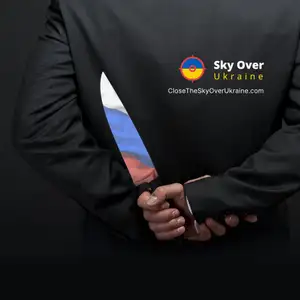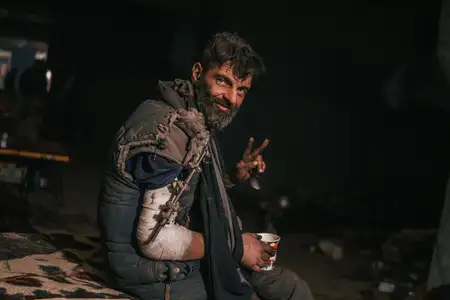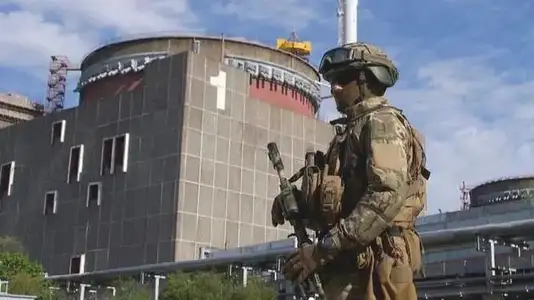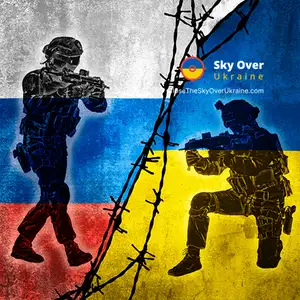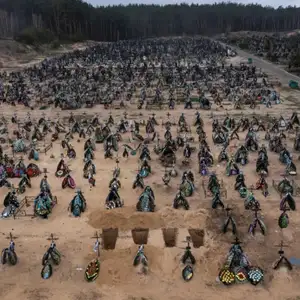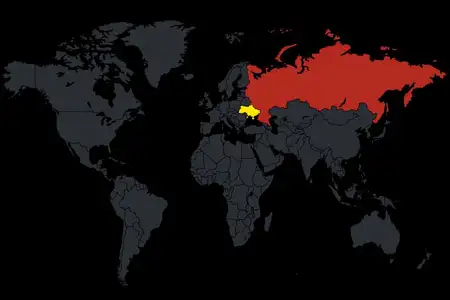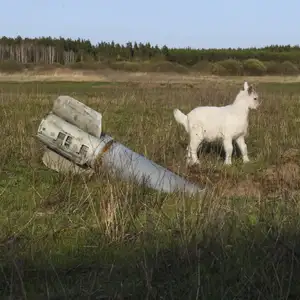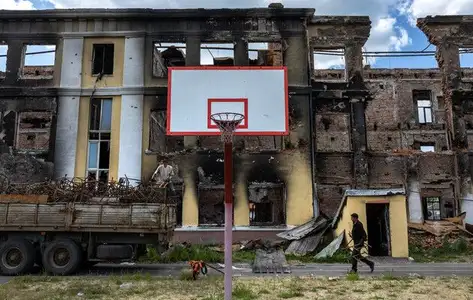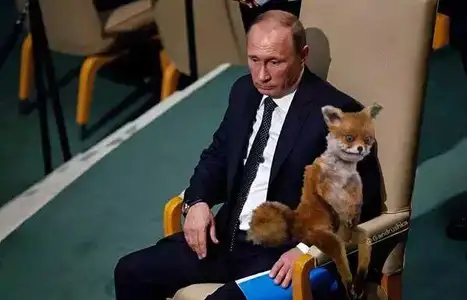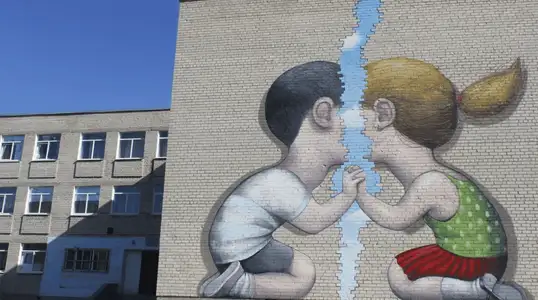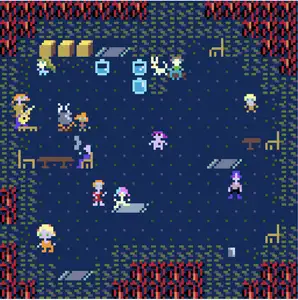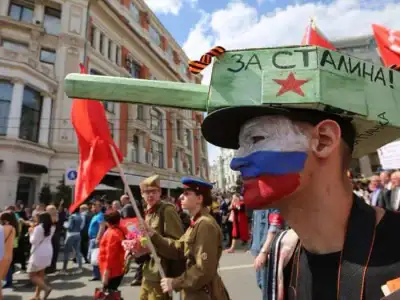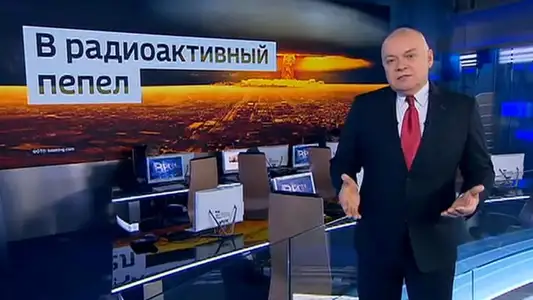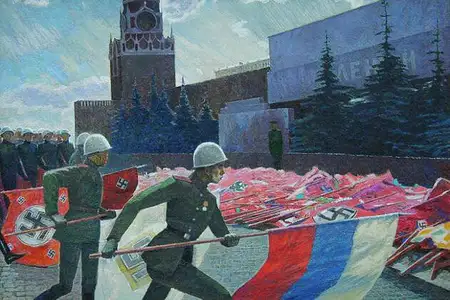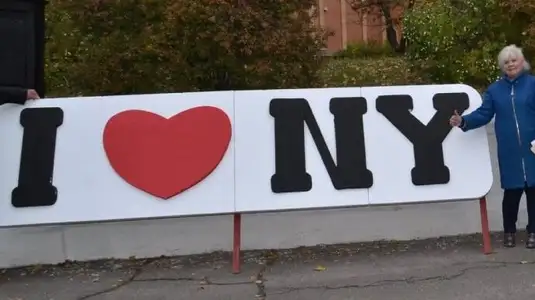After the victory. First Kyiv Map of Postrussia
Russia's war against Ukraine will obviously end in Moscow's defeat and disintegration of this empire into new independent states. Such a scenario is no longer a fantasy, but is seen as a working model for the reorganization of Eurasia after the war.
Back in the middle of 2022, few expected that the point of “superfragility” of the Russian Federation could be identified at all. There were talks about “forced democratization”, “regime change”, “isolationist pressure” etc. The international community has chased away like a bad dream not only the prospect of the collapse of the Russian Federation, but even the very idea of the possibility of Putin's defeat in the war. Now, more and more influential global players are beginning to sketch out the lines of division in Postrussia, drawing approximate maps of the new entities of the Postrussian space.
The Russian liberal elites are trying to prove their worth as a subject of designing the fate of their former homeland. However, their efforts to preserve the empire do not find support both in Ukraine and in the West already.
A world with the existence of a “united and indivisible” (although formally democratized) Russia is an anti-utopia, which we must not allow. Russia as a geopolitical phenomenon, as a single state-empire, must cease to exist. This is the main condition for the security of the post-war world.
Russia itself has destroyed the principle of inviolability of internationally recognized borders and the sovereignty of states. Having once occupied, under the guise of half-recognition, and then annexed territories of other independent states, Moscow has put the international borders in motion. But now these “new” territories will not contribute to enlarging of the empire, but quite opposite – to the tearing away of new independent states (hereinafter “NIS”) from the empire.
Naturally, the collapse of Russia is not a spontaneous process. We are talking about a whole set of measures of a military nature. We have yet to win on the battlefield; a special economic regime of influence, political technology operations, directed special operations, formative projects, etc. have to follow. It will take some time before the goal is achieved.
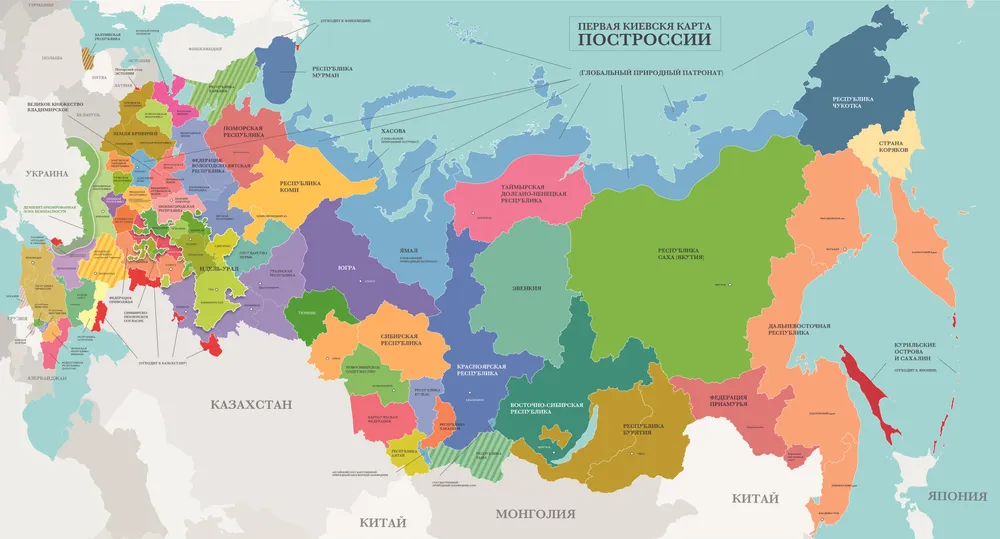
We are also aware that a new map of the Postrussian space will not emerge as a result of peace agreements or a peaceful “divorce process”. There will be no repeat of the collapse of the USSR, also because there are no subjects for such a controlled process.
Most likely, the map will be formed as a result of a deep civil war in Russia and a struggle of the definite intern actors among themselves for influence on certain territories. The current neighbors and extra-regional players who have their sights on the lands and resources of the former Russian Federation will play a significant role in this story, too. Projects of “Greater China”, Turan, the Great Eurasian Steppe, the “Iranian world” will try to be implemented in one way or another at the expense of the former Russia.
However, we, Ukraine, as a country which suffered the most from the aggression of Moscow and bore the brunt of the war with Ruscism (Russian fascism), have the right to our own vision of rebuilding Postrussia. This vision comes from the prerequisite: to create such a configuration of new independent states in the Postrussian space, which, because of internal contradictions and inherent conflicts, will prevent any attempts to recreate the empire.
After the citizens of the Russian Federation actually became accomplices in the genocidal war against Ukraine, we see no need to consider the opinion of the inhabitants of certain territories of Postrussia regarding the new map. The will of the inhabitants in referendums or plebiscites is not crucial.
But if a conditional Vyatka or Ingria will have political representatives who are ready to become the “assembly point” of a new independent state, to fight for their independence, to pay reparations to Ukraine, we may take their wishes into account.
The same position of the authors of the map also applies to the national liberation movements in the national republics of Postrussia. We do not deny their role in the future state-building process, but the borders of these states will be determined by the ability of national forces to defend them, including by military means.
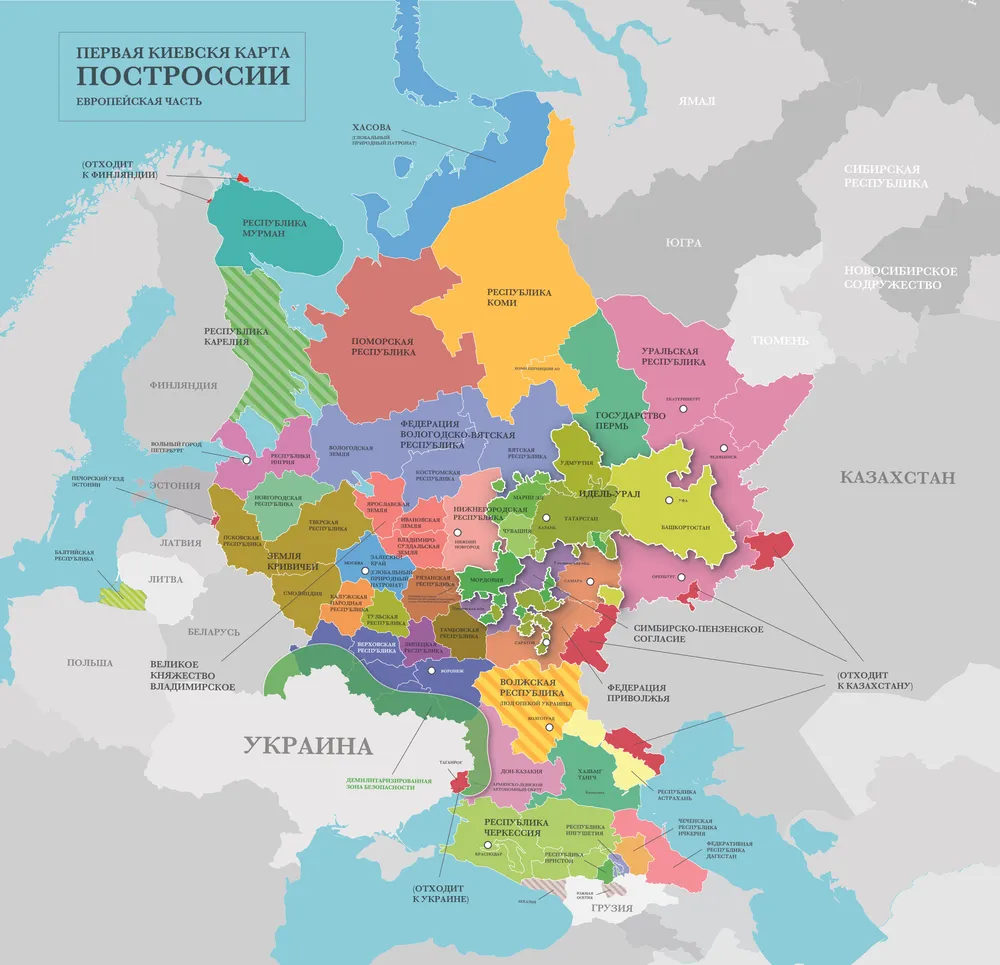
The main conditions for the external legitimization of the new Postrussian states are:
- De-Ruscization (from Ruscism): punishment/extradition of war criminals; condemnation of the criminal imperial regime of the Russian Federation; lifelong lustration of regime members; revision of historical memory policy and criminalization of imperialist narratives; cultural break with the imperial past;
- Denuclearization: withdrawal of the nuclear arsenal and establishment of international control over nuclear power facilities. Perhaps on the basis of the Postrussia, we should implement the idea of an international organization for planetary governance of nuclear energy, based on the following principles:
a) refusal to transfer nuclear technology;
b) the construction, maintenance, protection, and operation of nuclear plants is the responsibility of an international organization (NIS will also pay for this in part);
c) the territory under and the airspace above the power plants and the means for their safe use must be the responsibility of the international organization.
If these principles are violated, the international organization must have military force at its disposal to prevent nuclear terrorism and blackmail.
- Demilitarization: reduction of conventional armed forces to an acceptable norm for defense of territory and policing functions. We do not exclude that for some time, there may be military conflicts between conditional NIS over territories, but over time the Postrussian space must be as demilitarized as possible. We will very much welcome those NIS that will give up their own armed forces at all and declare themselves as a territory of the principle of “ahimsa”;
- A “quarantine” period of limited sovereignty, with transitional administrations to help build democratic institutions, organize elections, etc.; transitional justice whereby the jurisdiction of an international military tribunal to punish war criminals is to be extended to the NIS;
- The introduction of a “global natural patronage”. This is the concept of “Earth Protectorate” by Taras Bebeshko – a treaty on international protectorate over the Earth's ecosystems. The main elements of the “global natural patronage” are:
- voluntary (or in the case of the Postrussia, compulsory) transfer by states of sovereignty rights over the agreed ecosystems of the Treaty;
- international jurisdiction over ecosystems under the Treaty;
- joint international governing body;
- inviolability of ecosystem boundaries;
- demilitarization of ecosystems under the Treaty;
- strict limitation of anthropogenic activities within protected ecosystems by scientific and ethno-cultural activities (first of all, by indigenous people).
Our map envisions zones of the “global natural patronage” in almost all new independent states of the Postrussian space. This includes the lands of the Arctic Circle, the Arctic Ocean as well as numerous islands in the northern seas, nature reserves and national nature parks – in these zones, the “global natural patronage” is introduced. The new independent states cede some of their sovereignty in favor of the future of the mankind. This does not only apply to Postrussia. We do not exclude that for instance the Chernobyl zone in Ukraine may become a zone of the “global natural patronage”. Why not?
- establishing international control over the use of natural and subsoil resources of the new states (an international corporation), organizing of reparation payments to Ukraine and other countries that have suffered from Moscow's aggression;
- introducing international stabilization military and police missions to maintain peace and stability in some new independent states.
The map offered to you is our vision of the future arrangement of the Postrussian space. We do not exclude the possibility that the borders of some new independent states will be revised in the process of disintegration changes in Postrussia. It is possible that at some point some neighbors will present their territorial claims in order to restore historical justice.
Therefore, the “Kyiv Map of Postrussia” is a working document that requires co-operation of interested parties. We will publish the next “Kyiv map of Postrussia” after discussion of this map and immediately after liberation of all legal territory of Ukraine within the borders of 1991 by the Armed Forces of Ukraine.
The partitioning of Russia is a creative and collective affair. Please, join us, ladies and gentlemen. Time is still working for us.
NOTES TO THE MAP

TERRITORIAL CONCESSIONS
Despite the consensus of the anti-Putin coalition countries on the inexpediency of territorial acquisitions at the expense of the former Russian Federation, the authors of the map came to the opinion that some historical justice is still necessary with regard to Japan, Kazakhstan, Estonia, Finland, and Ukraine. Such a decision is due to the existence of unjust treaties or decisions imposed by the USSR on its neighbors or subjects of the Union.
1) The KURIL ISLANDS and SAKHALIN are returned to JAPAN. After World War II, all of the Kuril Islands were incorporated into the USSR. According to the San Francisco Peace Treaty (1951), "Japan renounces all right, title and claim to the Kurile Islands, and to that portion of Sakhalin and the islands adjacent to it over which Japan acquired sovereignty as a consequence of the Treaty of Portsmouth of 5 September 1905”. However, the ownership of the islands of Iturup, Kunashir, Shikotan and a group of islands called Habomai is disputed by Japan, which considers them an occupied part of the country. The area of the disputed islands is 5 thousand square kilometers, the total disputed area, including the 200-mile economic zone, is about 200 thousand square kilometers.
However, in the context of the collapse of the Russian Federation, and in order to avoid a humanitarian crisis in the territories formerly controlled by Moscow, the international conference of the anti-Putin coalition must decide on the return of lost land to Japan (Sakhalin and the Kuril Islands).
The local population is to be partially relocated. For a transitional period, an international observation mission is to be introduced. Local residents wishing to take Japanese citizenship (if such a procedure is envisioned by Tokyo) will have to undergo de-Ruscization procedures. Japan must guarantee the rights observance of the inhabitants of the returned territories.
2) PECHORY DISTRICT of the Pskov region of the Russian Federation (area – 1,251 km²), formerly Petserimaa, returned to ESTONIA. The administrative center of the district was the city of Pechory (Petseri). In 1944, it was transferred by the decree of the Presidium of the Supreme Soviet of the USSR to the Pskov region. Despite the fact that modern Estonia gave up this territory before joining NATO, after the collapse of the Russian Federation, the district of Petserimaa should be returned to its "native harbor". More than 10 thousand Estonian citizens already live in the district.
3) KAZAKHSTANreturns territories that are predominantly populated by Kazakhs, as well as the lands of the Junior Zhuz (from the Astrakhan region to the Orenburg region) and the Middle Zhuz. It should be recalled that Orenburg (in the Kazakh transcription: Orynbor) was the capital of the Kazakh Republic in 1917 – 1925.
On December 5-13, 1917 at the Second All-Kazakh Congress in Orenburg Alash autonomy was proclaimed (composed of the Urals, Bukeyev, Turgai, Akmola, Semipalatinsk and part of the Orenburg regions) and the government of Alash-Orda was elected. In Soviet times, Orenburg was the capital of the Kyrgyz Autonomous Soviet Socialist Republic created by Lenin.
The number of Kazakhs in former Russia, according to the 2021 census, was 591,970 people. Most of them live compactly along the Russian-Kazakh border. These are the lands we propose to give to Kazakhstan in fulfillment of historical justice.
The following districts are to be transferred to KAZAKHSTAN:
- Dombarovskyi, Yasnyi, Adamovka, and Sol-Iletsk districts of the ORENBURG region;
- Aleksandrov Gay (where Kazakhs make up an absolute majority of the population), Ozinki, Perelyub, Dergachi, Piterka, Krasnyi Kut, Ershov, Fedorov districts of the Saratov region;
- Volodarskyi, Krasnyi Yar, Kharabali districts of the Astrakhan region.
4) FINLAND receives back the western parts of the peninsulas Rybachyi and Srednyi as well as Pechenga (Petsamo) and the Janiskoski – Niskakoski sector of 176 km². After 1944, Petsamo was handed over to the Soviet Union, which in 1947 was fixed by the Treaty of Paris. However, this treaty was clearly unfair towards Finland, which requires its revision and the return of historical lands.
5) The city of TAGANROG, Neklinovskyi, Matveev Kurgan, and Kuibyshevo districts of the Rostov region pass to UKRAINE by restitution. In 1918, this territory belonged to the Ukrainian State of Hetman Pavlo Skoropadsky, and in 1920-1924 Taganrog district was included in the Donetsk region of the Ukrainian SSR. However, the justification for the transfer of the territory to Ukraine is exactly restitution.
6) The BELGOROD region is liquidated as an administrative unit. The territory of the region is recognized as a demilitarized security zone, administered by the Ukrainian Civil-Military Administration. The population is to be relocated.
7) Along the border with UKRAINE, 100 km deep into the former OREL, BRYANSK, VORONEZH, and KURSK regions, a demilitarized security zone is defined.
8) ISLANDS IN THE NORTH SEAS and former Russian territorial waters in the ARCTIC OCEAN are transferred under the global natural patronage (as part of the heritage of Mankind). This should include the entire coast of the ARCTIC OCEAN up to 200 km deep into the continent.
9) The NENETS AUTONOMOUS OKRUG, the new name is KHASOVA (the self-name of the Nenets), is to separate from the Arkhangelsk region of the former Russian Federation and placed under global natural patronage. The development and extraction of minerals and marine products are transferred to the control of the international corporation. The Nenets and other peoples of the North are given wide self-government and the right to traditional land use, as well as unconditional basic income from the use of subsoil resources of the region.
10) The YAMALO-NENETS AUTONOMOUS OKRUG, the new name is YAMAL, is transferred to global natural patronage. The Nenets and other peoples of the North are given broad self-government and the right to traditional land use, as well as unconditional basic income from the use of the region's subsoil resources. The Ukrainians are granted political representation in self-governing bodies with a decisive vote (Ukrainians were the second ethnic group after the Russians). Mining and extraction of minerals and marine products are placed under the control of the international corporation.
11) The GLOBAL NATURAL PATRONATE in the territory of Postrussia. All natural protected areas, national parks, and nature reserves in the new independent states of the Postrussian space are to be transferred into global natural patronage. In the following versions of the map, we will try to visually display the areas of the global natural patronage in the new independent states.
We shall remind you that in these areas, international jurisdiction over ecosystems is exercised in accordance with the Treaty; a joint international management body is introduced; the ecosystem boundaries are inviolable; the ecosystems are completely demilitarized; in these zones, anthropogenic activities within the protected ecosystems are strictly limited by scientific and ethnocultural activities (primarily by indigenous people).
Vitaly Kulyk, futurologist
Ihor Dushyn, political consultant

